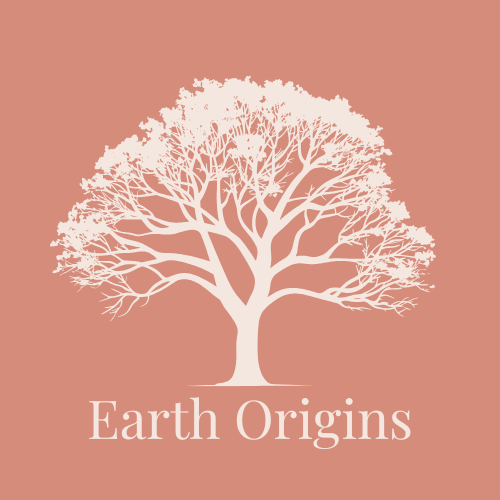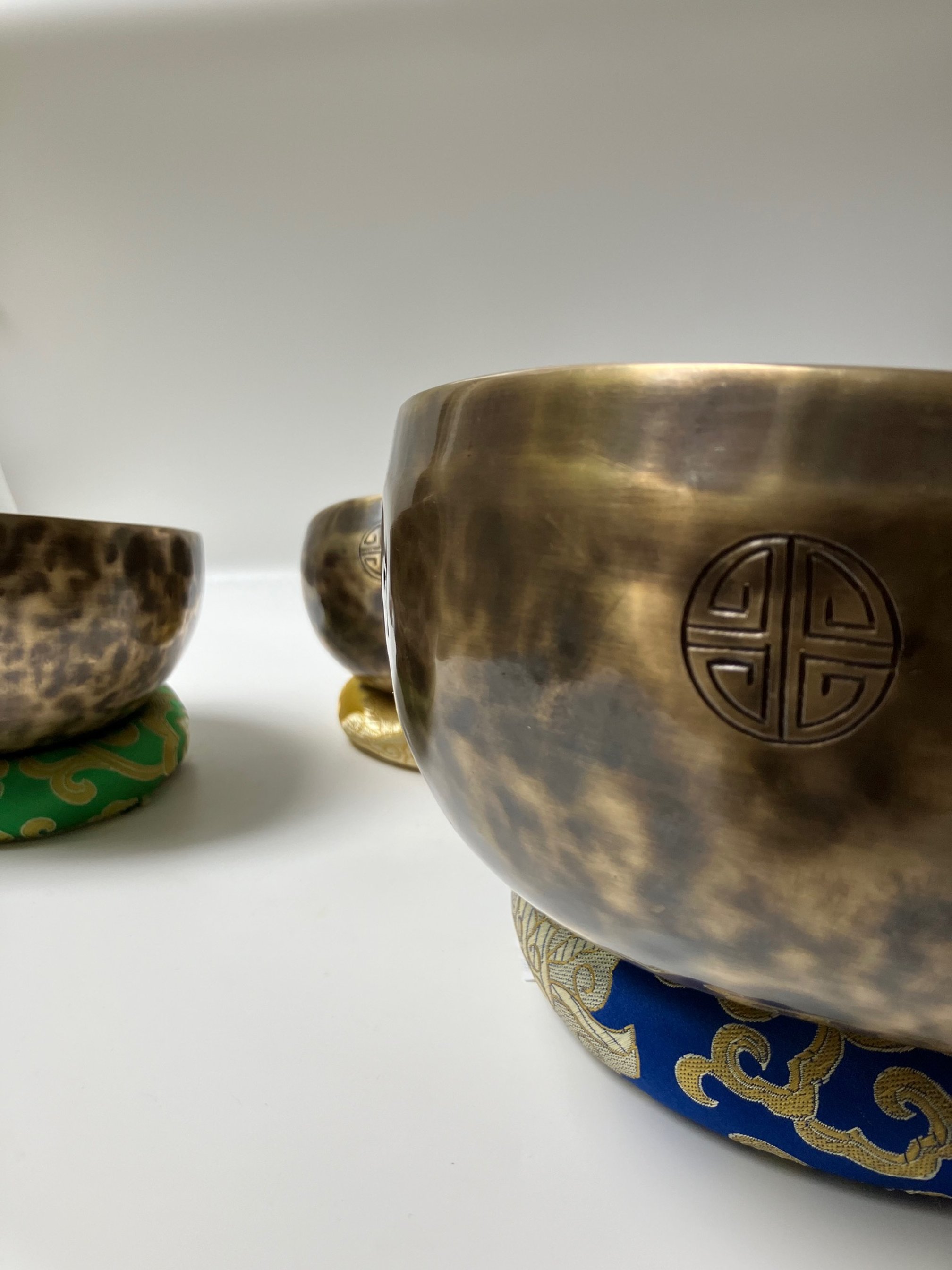SINGING BOWLS
Full Moon Klankschaal L ø 21 cm
A classical, hand hammered singing bowl, with its own unique sound.
The percentages of the 8 metals, the diameter and thickness of the various bowls provide the specific sound and overtone of each singing bowl. Each bowl is therefore unique.
Handmade singing bowl made of copper, tin and 8 noble metals (Ag, Ni, Cd, Ru, Pd, Pt, Cr, Mn).
Our singing bowls are uniquely made in the full moon tradition.
Each bowl is engraved with a full moon symbol and the sentence:
“om mani padme hum"
(Sanskrit)
"Hail to the jewel in the lotus"
This unique process adds to their distinctiveness and spiritual significance.
Singing bowls have been used in religious and spiritual practices for well over 1500 years and have been associated with Tibetan Buddhism since the 8th century A.D.
Singing bowls were traditionally used throughout Asia as part of Buddhist, practice. In recent years singing bowls have been used in holistic healing, chakra healing, sound therapy, Reiki and many other areas related to purifying negative impulses and relieving stress. Musicians have also discovered the beauty of singing bowls and now they can be heard in all kinds of music, ranging from rock music to relaxation music.
SINGING BOWLS
Full Moon Klankschaal L ø 21 cm
A classical, hand hammered singing bowl, with its own unique sound.
The percentages of the 8 metals, the diameter and thickness of the various bowls provide the specific sound and overtone of each singing bowl. Each bowl is therefore unique.
Handmade singing bowl made of copper, tin and 8 noble metals (Ag, Ni, Cd, Ru, Pd, Pt, Cr, Mn).
Our singing bowls are uniquely made in the full moon tradition.
Each bowl is engraved with a full moon symbol and the sentence:
“om mani padme hum"
(Sanskrit)
"Hail to the jewel in the lotus"
This unique process adds to their distinctiveness and spiritual significance.
Singing bowls have been used in religious and spiritual practices for well over 1500 years and have been associated with Tibetan Buddhism since the 8th century A.D.
Singing bowls were traditionally used throughout Asia as part of Buddhist, practice. In recent years singing bowls have been used in holistic healing, chakra healing, sound therapy, Reiki and many other areas related to purifying negative impulses and relieving stress. Musicians have also discovered the beauty of singing bowls and now they can be heard in all kinds of music, ranging from rock music to relaxation music.







